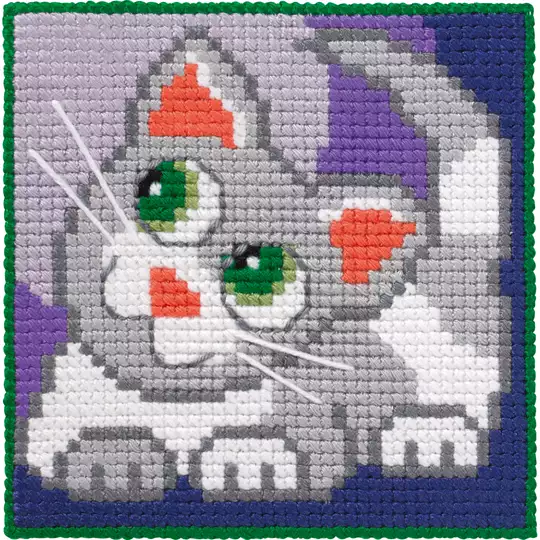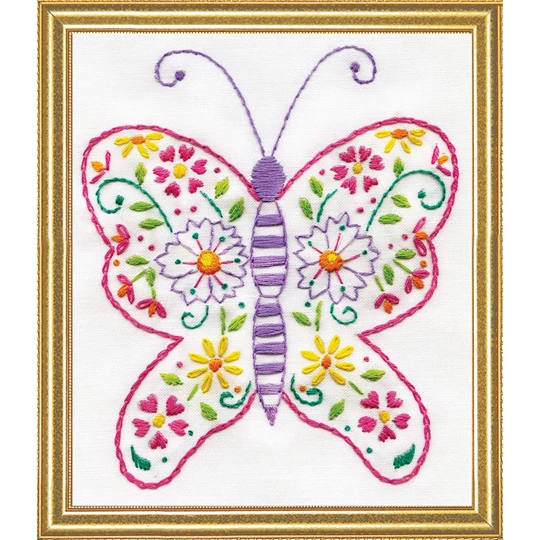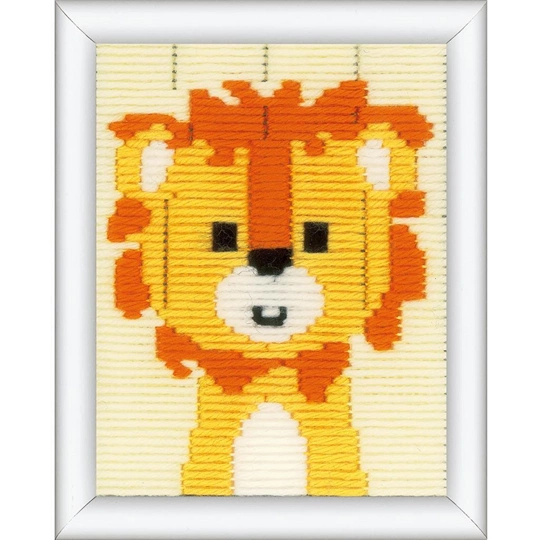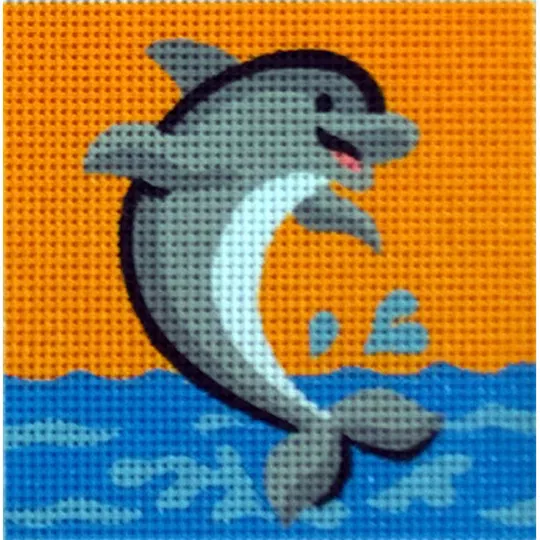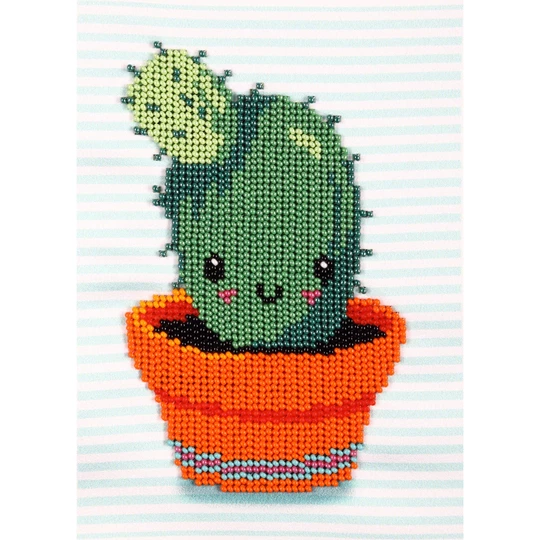Easy 30 days returns
|
Trusted 5 Star Review
|
Stitch & Save Points
-
Cross stitch
All Cross Stitch
Popular CategoriesAlphabet SamplersAnimalsBaby and ChildrenBirdsBirth SamplersBirthdaysBookmarksBuildingsButterfliesCatsCitiesCushion MakingDogsFloralKits for KidsLighthousesPoppiesWeddingsWolvesFeatured BrandsAineAnchorBothy ThreadsDerwentwater DesignsDesign Works CraftsDimensionsDMCGobelin-LHeritageJanlynnKlartLanarteLuca-SMerejkaMouseloftNeedleart WorldPannaPerminRIOLISStitching ShedThe Make ArcadeVDVVervacoAccessoriesAperture Card BlanksCross Stitch NeedlesCushion AccessoriesEmbroidery HoopsGlues and AdhesivesHanging and FramingMagnifiers and LampsMount BoardsNeedle ThreadersScissorsTapestry Frames
-
Needlecrafts
All Needlecrafts
- Yarn All Yarn
- Knitting & Crochet All Knitting & Crochet
-
Thread & Fabrics
All Thread & Fabrics
DMC ThreadsDMC Colour Variations DMC Coloris Thread DMC Diamant Thread DMC Light Effects DMC Mouline Etoile Thread DMC Pearl Cotton Medium 5 DMC Satin Threads DMC Stranded Cotton DMC Tapestry Wools Multiple Add DMC Stranded Cotton Multiple Add Anchor Stranded Cotton DMC Eco Vita Wool ThreadAnchor ThreadsAnchor Stranded Cotton Stranded Cotton Multicolour
RIOLIS ThreadsRIOLIS Embroidery ThreadsDMC Fabric by TypeDMC Aida Fabric DMC Evenweave Fabric DMC Hemp Fabric
DMC Fabric by CountDMC 6 Count Fabric DMC 11 Count Fabric DMC 14 Count Fabric DMC 16 Count Fabric DMC 18 Count Fabric DMC 28 Count FabricZweigart Fabric by TypeZweigart Aida Fabric Zweigart Evenweave Fabric Zweigart Aida Bands Zweigart Rug Canvas Zweigart Tapestry Canvas
Zweigart Fabric by CountZweigart 6 Count Fabric Zweigart 8 Count Fabric Zweigart 10 Count Fabric Zweigart 11 Count Fabric Zweigart 14 Count Fabric Zweigart 16 Count Fabric Zweigart 18 Count Fabric Zweigart 28 Count Fabric Zweigart 32 Count FabricPermin Fabric by TypePermin Aida Fabric Permin Linen Fabric
Permin Fabric by CountPermin 16 Count Fabric Permin 18 Count Fabric Permin 28 Count Fabric Permin 32 Count Fabric
Plastic CanvasPlastic Canvas -
Accessories
All Accessories
AccessoriesAperture Card Blanks Beads Bellpull Fittings Craft Organisers Cushion Accessories EmbellishmentsEmbroidery Hoops Hanging and Framing Interfacing and Binding Latch Hook Tools Magnifiers and Lamps Mount Boards
- Christmas
- My account
- Contact us


